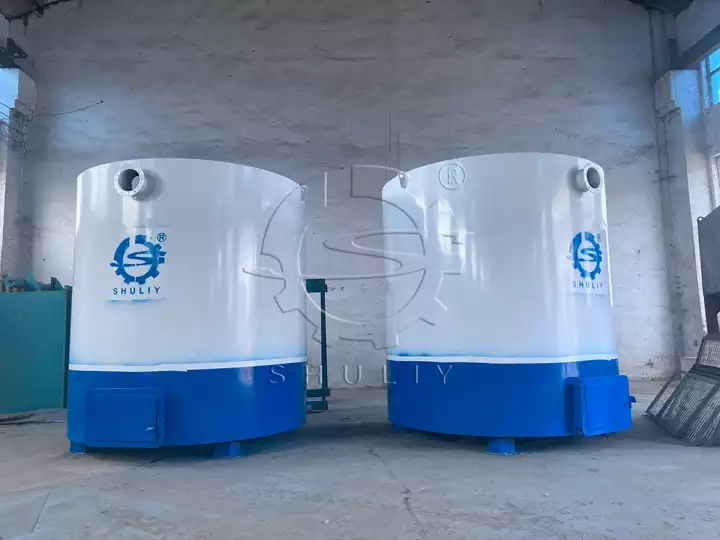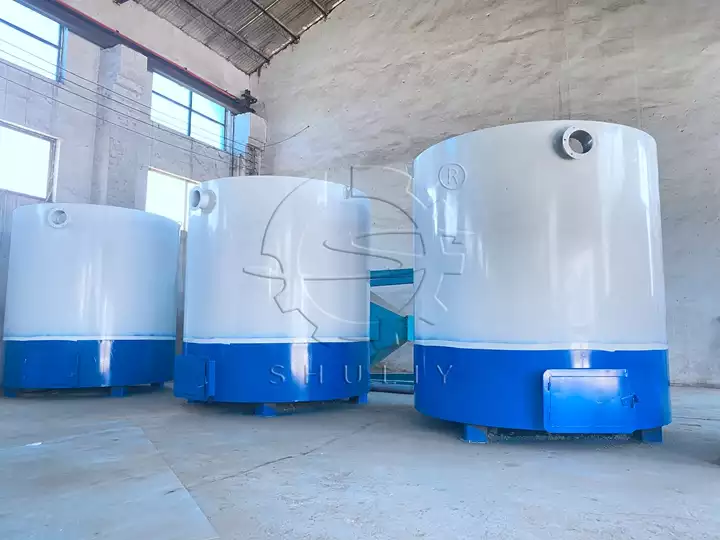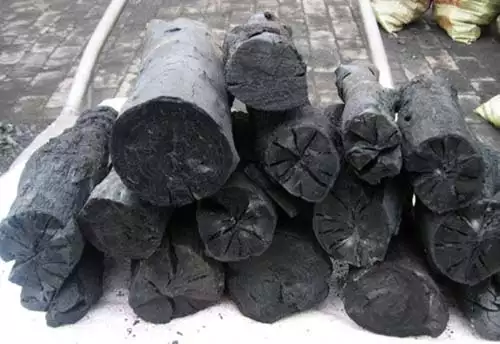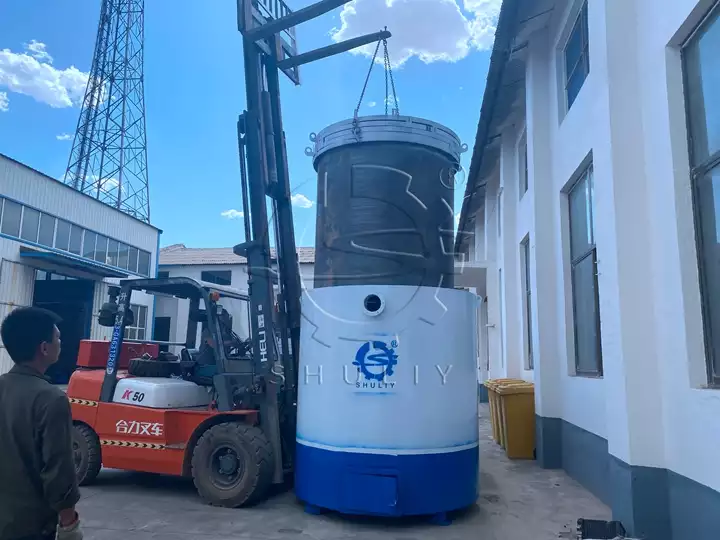ネパールに2t/d縦型炭化炉を販売
目次
ネパールのクライアントと仕事ができることをとても嬉しく思います!こちらのお客様は、タイル事業の生産にガスを活用しながら、原木炭製造用の縦型炭化炉をご購入いただきました。事例の詳細は以下をご覧ください。

このネパール人クライアントの課題
ネパールのタイル製造業界は常に燃料問題に直面しています。伝統的なタイル窯は木炭に依存していることが多く、ネパールの森林資源に脅威を与えています。当社の顧客であるネパールの長い歴史を持つタイルメーカーは、木炭への依存を減らすために環境に優しい代替エネルギー源を積極的に模索しています。
環境に優しい代替品を見つける
The client learned that the charcoal furnace is capable of converting wood waste into charcoal while producing a valuable gas by-product. This gas by-product can be recycled and used to heat the kiln, replacing traditional charcoal. Therefore, he started to explore the right lifting charcoal furnace to meet their needs.


Shuliy 縦型炭化炉ソリューション
The customer contacted us to find a vertical carbonization furnace. Our hanging charcoal oven uses highly efficient gasification technology to convert wood waste into high-quality charcoal while generating a valuable synthesis gas. This synthesis gas can be used as fuel in tile kilns, enabling the recycling of resources.
ネパール向けの注文書
| アイテム | 仕様 | 数量 |
| 炭化炉 | モデル: SL-1500 生産能力: 700-800 トンの木炭/8- 10時間。 24時間あたり2トンの木炭 冷却時間:8~10時間 原材料: 丸太、木の枝、 ココナッツの殻、ナッツの殻など。 暖房資源: 廃木材、50-80 kg 炉あたりの丸太 含む 内側ストーブ 2 つ; 含む ぶら下がっている | 2セット |

このネパール人のクライアントにはどのようなメリットがあるのでしょうか?
Through the use of the Shuliy hoisted charcoal furnace, our Nepalese customers have not only realized an environmentally friendly alternative to charcoal, but have also gained significant economic benefits. He has successfully converted wood waste into high-quality charcoal, significantly reducing his energy bills while helping to conserve Nepal’s valuable forest resources.
